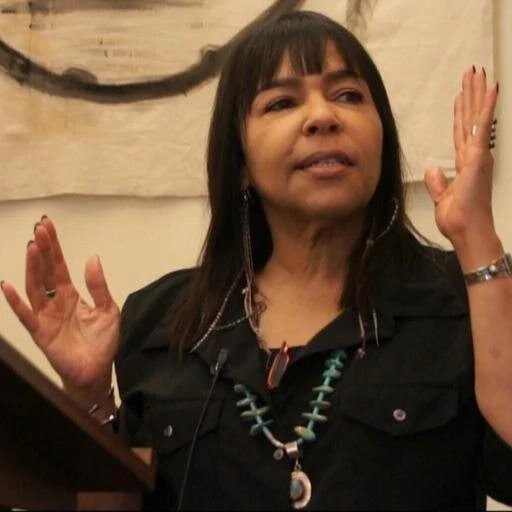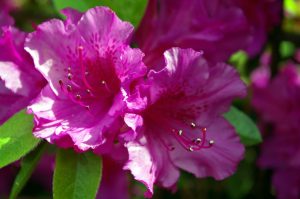
It’s a nice break from learning yoga anatomy and yoga teaching techniques, and it fits nicely with our mindfulness training. That ancient practice comes in far more forms than just the pictures we all know of people sitting in meditation with their eyes closed.
Connection, Beyond Words
Several years ago, our good friend Rob Roeser told me something about mindfulness that cast new light on the significance of the practice. Rob is the Bennett Pierce Professor of Caring and Compassion and Professor of Human Development and Family Studies at Penn State.
“The word ‘mindfulness’ is the English translation of the ancient Indian word ‘Sati,” he said. “It means ‘to remember.”
Related to nature experiences, it’s that moment of soft, unfocused, awareness that contains a very deep sort of knowing that is lost as soon as you focus your mind and objectify nature into a thing. It’s a sense of remembering something very deeply, innately.
As the students and I slowly walked through our garden the other day, seeing our old friends, the daffodils, tulips, and flowering trees, I “remembered” not just these familiar plants, but something deeper, something inside of me that’s comforting and timeless – a sense of connection beyond words.
But science is one way we can take what is beyond words, to help us understand and appreciate it on other levels.
The Science of Nature
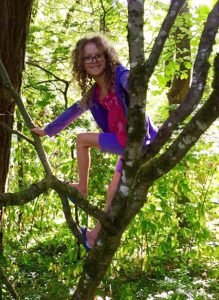
“Now, a large body of research is documenting the positive impacts of nature on human flourishing—our social, psychological, and emotional life.”
Over 100 studies have shown that being in nature, living near nature, or even viewing nature in paintings and videos can have positive impacts on our brains, bodies, feelings, thought processes, and social interactions.
In particular, viewing nature seems to be inherently rewarding, producing a cascade of position emotions and calming our nervous systems. These in turn help us to cultivate greater openness, creativity, connection, generosity, and resilience.”
“Green exercise” – doing physical activity outside in green space – can be especially powerful. Research suggests it may improve self-esteem and combat depression, in addition to delivering the physiological benefits of exercise.
With her counseling clients, Lynea often does an inventory to see how they are meeting their 5 basic health and wellness needs, with an emphasis on movement and exercise (that’s how Yoga Calm started in her school counseling sessions). In fact, with one of her clients, she frequently conducts their sessions while walking through our garden, which they jokingly refer to as “walking and talking away the blues.”
Re-kindling Your Connection to Nature
Here are a few other of our favorite ways to help receive some of the benefits that nature has to offer:
- Walking Meditation can be just as profound as sitting meditation and have the advantage of bringing a meditative experience into a daily activity. The body loves movement and will reward you with pleasure if you pay attention to how it feels.
Start outdoors in a park, along a river, or in some other nature-rich space. Cast your eyes slightly downward and start walking slowly. Bring your full attention to the sensations of walking, feeling your entire foot as it makes contact, the shift of your weight to that foot, the swing of the other leg as your next step unfolds.
To help you stay connected with this simple experience, you can also say to yourself, “swing,” “step,” “shift” to the movements of each leg as you walk.
If you become aware of tension anywhere in the body, let it go. Allow that part of your body to relax. Allow your ankles, belly, shoulders, arms, neck — all of your body — to relax. Let your hips swing loose. As you do this, the walking will become more enjoyable.
If you mind wanders, no big deal. Notice when it does and simply come back to your “swing,” “step,” “shift” mantra. As in many mindfulness practice, the goal is not that your mind will never wander; it’s to be able to notice when it does wander and then gently bring yourself back to the present.
- Walking Mindfully is another one of my favorites. I start with the Walking Meditation above and after a few minutes, when my mind has slowed, I allow my field of awareness to broaden to include all that is around me, without a specific focus.
buy zovirax online gaetzpharmacy.com/zovirax.html no prescription
I take in the textures and colors of nature, the sounds and scents, the leaves moving in the trees, the birds flying by.You can compare this kind of awareness to the spacious sky or a river with objects floating by. The capacity to be present with whatever arises is developed through this practice. The Zen sitting practice of zazen is an example of this form of meditation practiced in the West.
- Place Bonding is something that kids (and adults) have intuitively done for millennia. It simply involves scanning a landscape, noticing what draws your attention and then going to that object to explore. Perhaps it’s a plant or tree. Explore it with your senses. Touch, smell, and perhaps even taste it. Do you have a sense of why you are attracted to it? Is there a quality to it that’s important to you now?
I am sure that you can remember as a kid your special place in nature – perhaps that “secret” place where you could hide and connect.
Science Meets Nature
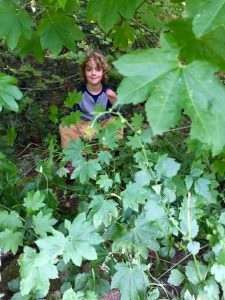
On the first day of camp, the kids go through our gardens to find “their special spot.” Then, each day of camp, they go back to the explore and make observations from that spot. We give them each an observation journal, not unlike the ones that Darwin used, to just note what they experience, draw pictures, and write down measurements.
buy zithromax online gaetzpharmacy.com/zithromax.html no prescription
These observations lead to questions, curiosity about nature, and then, hopefully, to an attitude of stewardship of nature. Along the way, kids learn about natural history, biology, and numerous other valuable subjects in science.
As the nature writer Robert Pyle said, “What is the extinction of a condor to a child that has never seen a wren?”
Look forward to seeing you in the garden. Happy Earth Day!

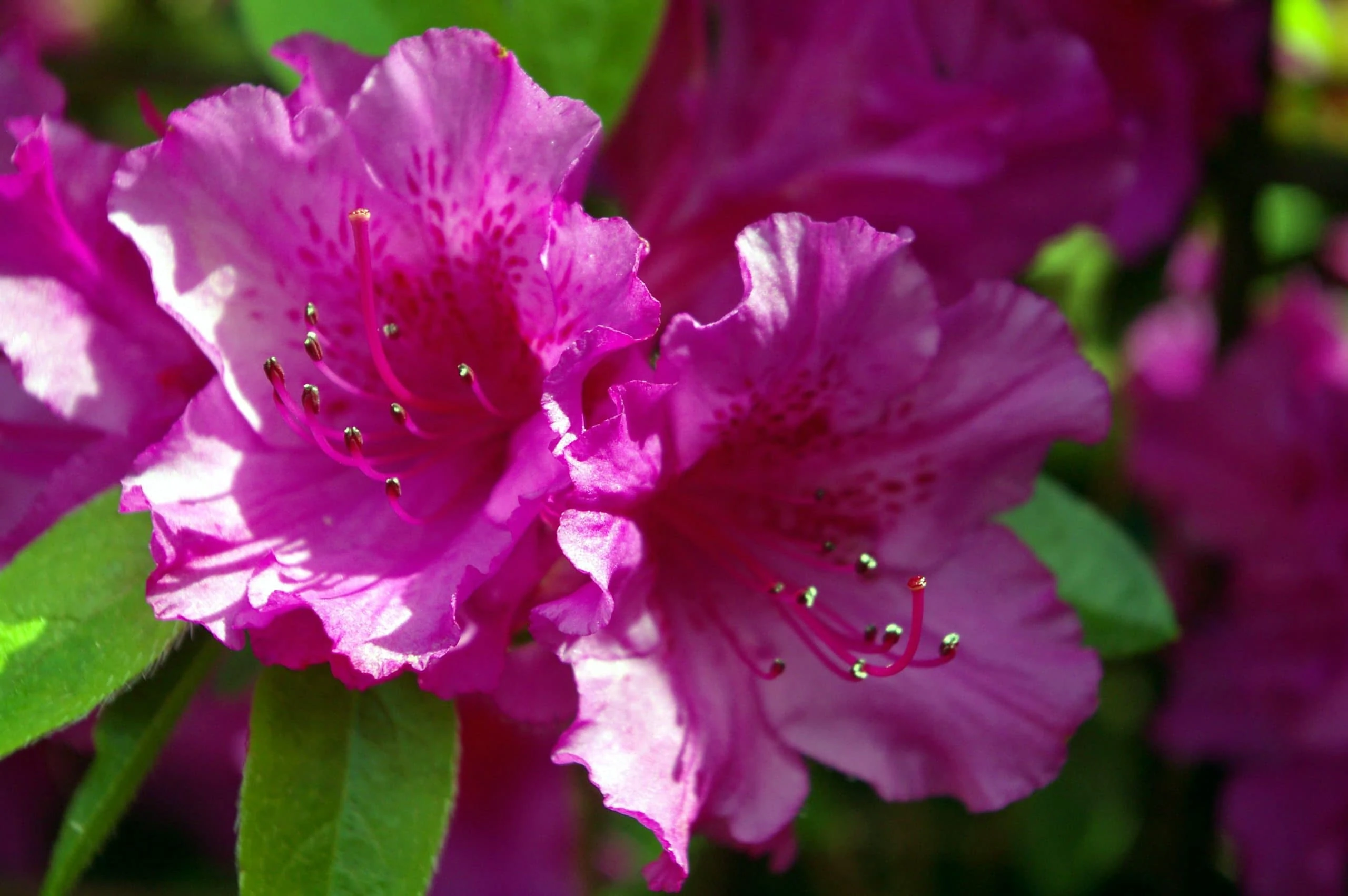
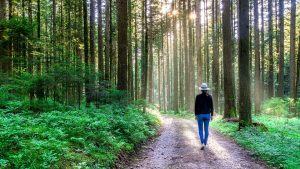 To help you stay connected with this simple experience, you can also say to yourself, “swing,” “step,” “shift” to the movements of each leg as you walk.
To help you stay connected with this simple experience, you can also say to yourself, “swing,” “step,” “shift” to the movements of each leg as you walk.

